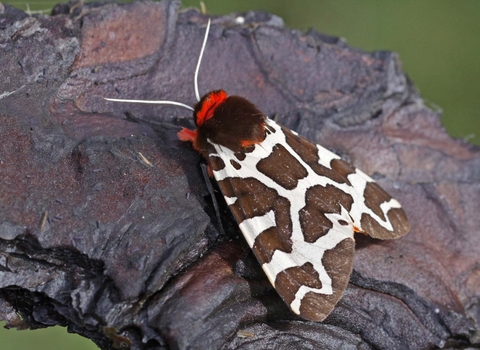Why do butterflies visit gardens?
A variety of different butterflies visit our gardens looking for food, places to breed, or spots to overwinter as adults, larvae or pupae. Each garden will attract a different set of butterflies depending on the plants, trees and shrubs present, and what the surrounding habitats are like.
Why are gardens important for butterflies?
Over recent years, many of our once-common butterflies have declined dramatically in number due to increased development, agricultural intensification, habitat loss and climate change; for instance, the small tortoiseshell has decreased by a massive 80% in South East England since 1990. But butterflies do have a lifeline. Together, the 16 million gardens across the UK form an area for wildlife larger than all our National Nature Reserves. This patchwork of habitats helps our wildlife to move about freely, forming a vast living landscape that links urban green spaces with the wider countryside.
Which butterflies am I likely to see in my garden?
The following butterflies are some of the common species spotted in gardens. An overcast day is a particularly good time to see them up close because they won't be as active and stay still for longer!
Peacock
Description: Deep-red with black marks and blue 'eyespots' (like a peacock’s tail feathers) on the forewings and hindwings.
When: January-December
Red admiral
Description: Black with broad, red stripes on the hindwings and forewings, and white spots near the tips of the forewings.
When: January-December
Painted lady
Description: Orange with black tips to the forewings that are adorned with white spots, and black spots on the hindwings and forewings.
When: April-October
Small tortoiseshell
Description: Reddish-orange with black and yellow markings on the forewings and a ring of blue spots around the edge of the wings.
When: January-December
Large white
Description: White with prominent black tips to the forewings. Females have two black spots and a dash on each forewing. Plain, creamy-yellow underside.
When: April-October
Small white
Description: White with light grey tips to the forewings. Females have one or two black spots on each forewing. Plain, creamy-yellow underside.
When: April-October
Green-veined white
Description: White with grey-black tips and one or two black spots on the forewings. Thick, grey-green stripes on the underside.
When: April-October
Orange-tip
Description: Males are white with bold orange patches on the forewings and light grey wingtips. Females are white with grey-black wingtips. Both have mottled grey-green undersides.
When: April-July
Meadow brown
Description: Brown with washed-out orange patches on the forewings. One black eyespot with a small white ‘pupil’ on each forewing.
When: June-September
Small copper
Description: Bright orange forewings with dark brown spots and a thick, dark brown margin. Dark brown hindwings, banded with orange.
When: April-October
Holly blue
Description: Bright blue with black spots on its silvery underside. Females have black wing edges.
When: April-September
Description: Males have bright blue wings with a brown border and white fringe. Females are brown with a blue 'dusting'. Both have orange spots on their undersides.
When: May-October

Garden tiger moth ©Margaret Holland
Not a butterfly!
There are lots of bright and beautiful moths in the UK. Some even fly during the day and are often mistaken for butterflies. If you can't find your butterfly here, take a look at our guide to common moths.
Encourage butterflies to visit your garden
Whether you have a small, city patch or acres of fields, you can encourage butterflies to visit your garden by planting nectar-rich flowers and shrubs like buddleia, ivy, daisies, and primroses for them to feed on throughout the seasons – even a few flowers in a windowbox will do the trick! Read the guide












